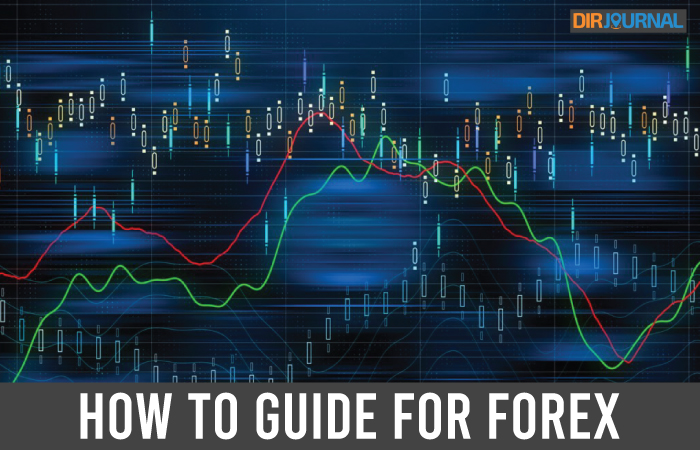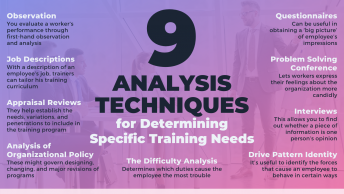The foreign exchange market, Forex, is the most liquid market in the entire world. Trading happens 24-hours a day, five days a week in the major financial centers in the world across nearly every time zone. The Forex market trades in international currencies frequently throughout the day. It can be tough for individual traders to make profits and even to trade on the Forex market.
Timing
You already know the Forex is an international market that includes financial centers all over the world. You can trade any time of day during the business week. So, timing is everything. How often are you going to trade on Forex? Daily, weekly, monthly? That’s up to you to decide. The important thing with choosing your timing is that you identify profitable trends as early as possible and that you can withstand whiplashes in the trends. Pay attention to the market trends for awhile to get a feel for how things change on the market. This will help you choose your timing.
Risk
You need to decide early on how much risk you are willing to take in your investments. The Forex market is highly volatile. Know that going in. Before you make a trade, you need to have already decided how much you are willing to lose on that trade. Of course, ideally, you don’t want to lose anything, but you must be realistic. Or else you will be highly disappointed. Make sure the amount of risk you’re willing to take is a reasonable amount. This means you should never be willing to lose everything on a single trade. You’ll never make any money that way.
Trends
The ability to identify trends in the market will help you figure out how when to enter and exit. You can figure out trends by watching the market for awhile before entering. Use mathematical equations like moving averages to figure identify trends in the market. Beware of false trends that can cause you to trade at the wrong time. Never rely on a single calculation to identify any trend. Use a secondary and even tertiary method to confirm your assumptions.
Getting In & Getting Out
By now, you should have figured out the timing of your trades, the amount you’re willing to lose, and the trend signals that indicate it’s time to trade. The last step is to time your entry and exit for the trade. Your trend analysis will help you gauge your entry. As for exiting the market, you need to determine what will trigger your exit trade. Will you be looking for the price to hit a certain point? Or will you wait until the price has moved a certain points before pulling out? The choice is yours. You should always calculate your exit before entering the market. Having this figured out ahead of time helps protect you from losses.
You should tweak your system a little at a time until you have one that works exactly the way you want it to. Once you have a tried and true system of Forex trading, don’t change it.














I am engaged in forex signals for a couple of years and found that all these free forex signals do not supply you all the facilities as compared to the paid one.And you can not find these excuses easily, even by reading the documents.So with free forex signals requires a lot of experience.That’s I never suggest any fresher to deal with free forex.